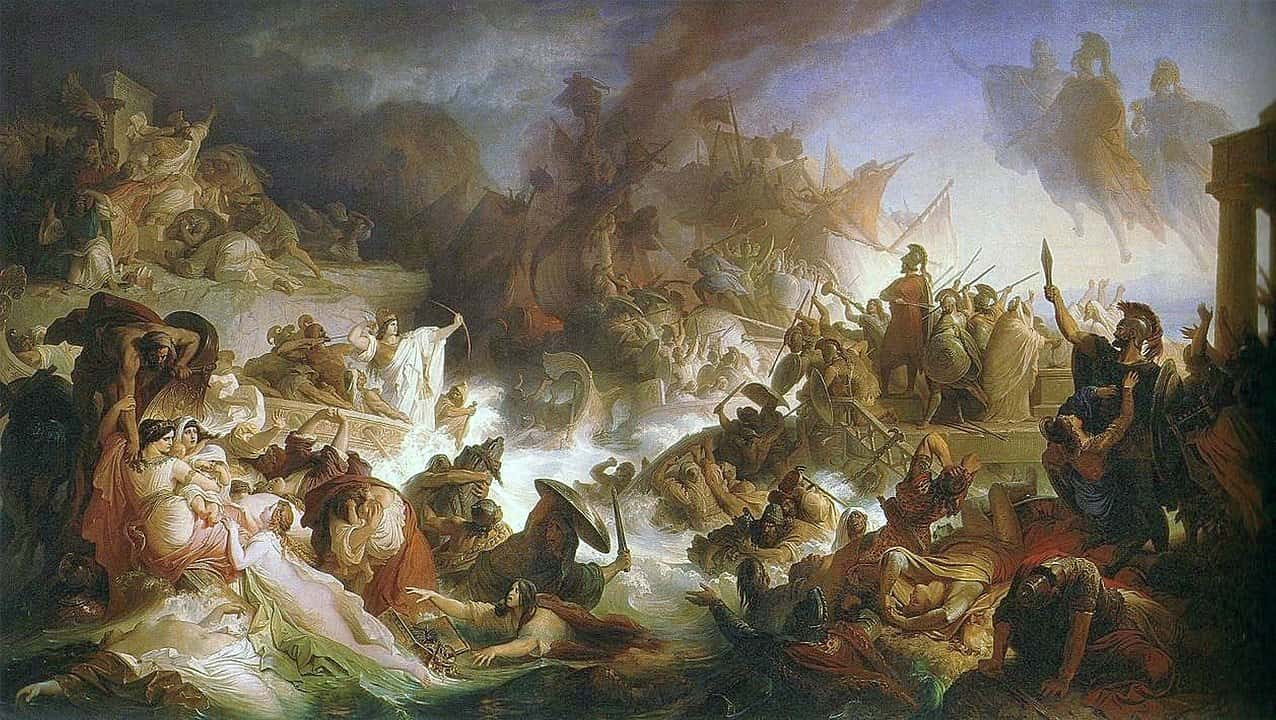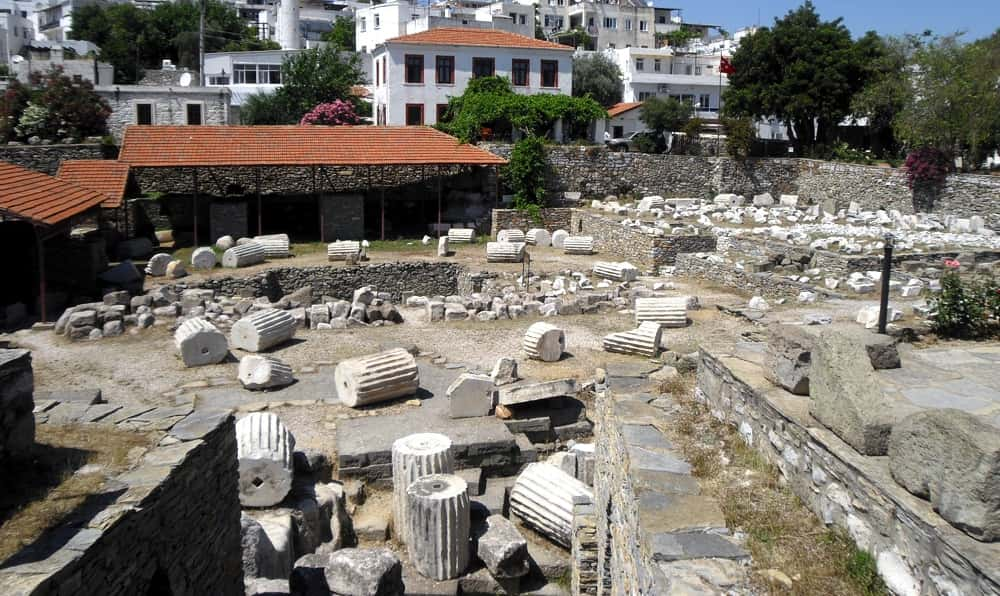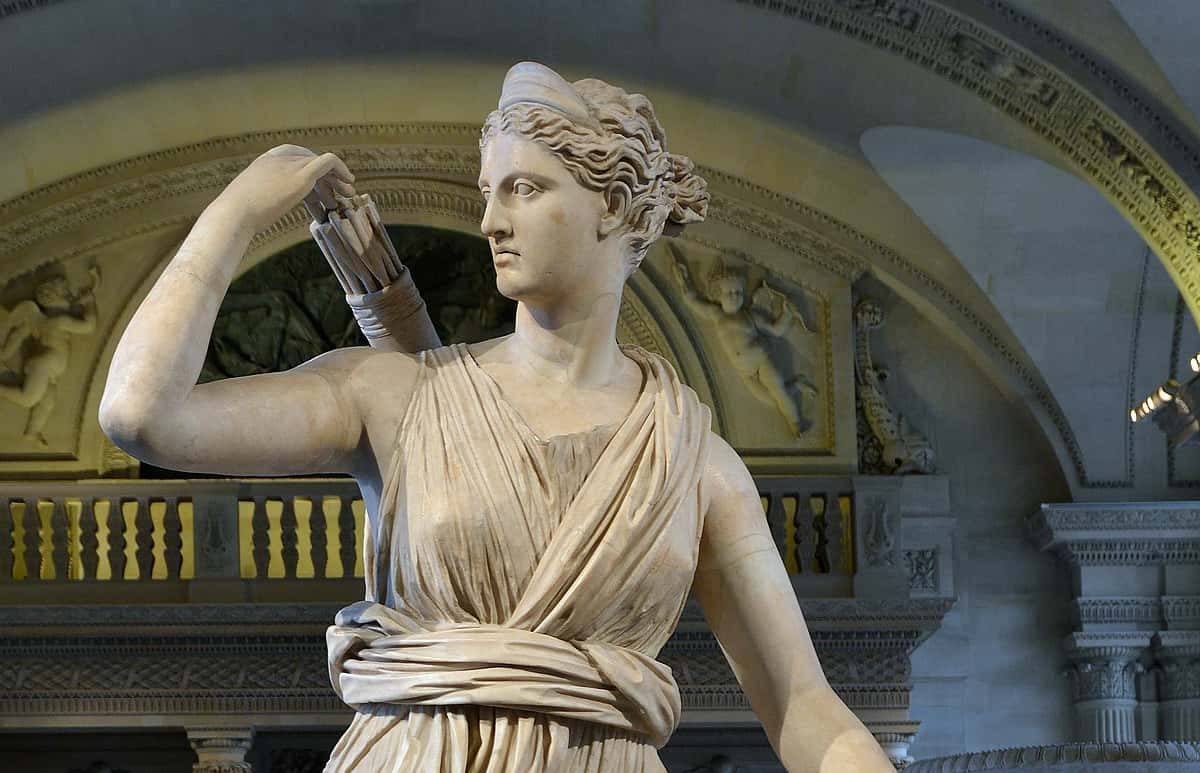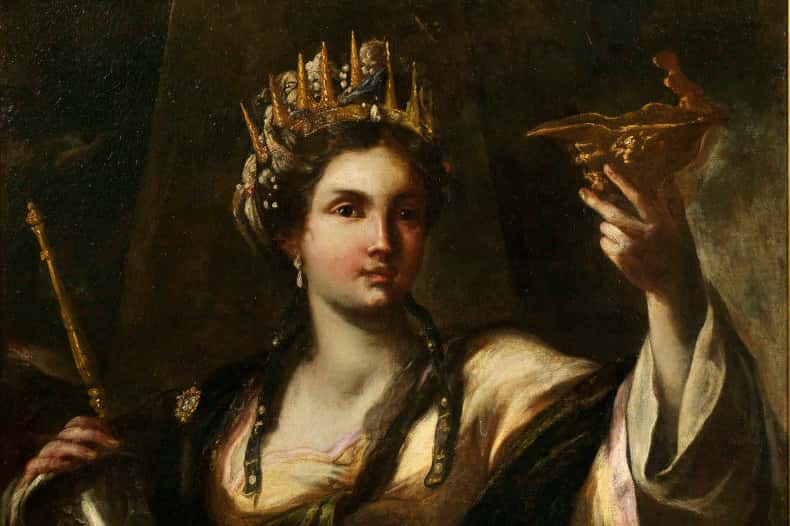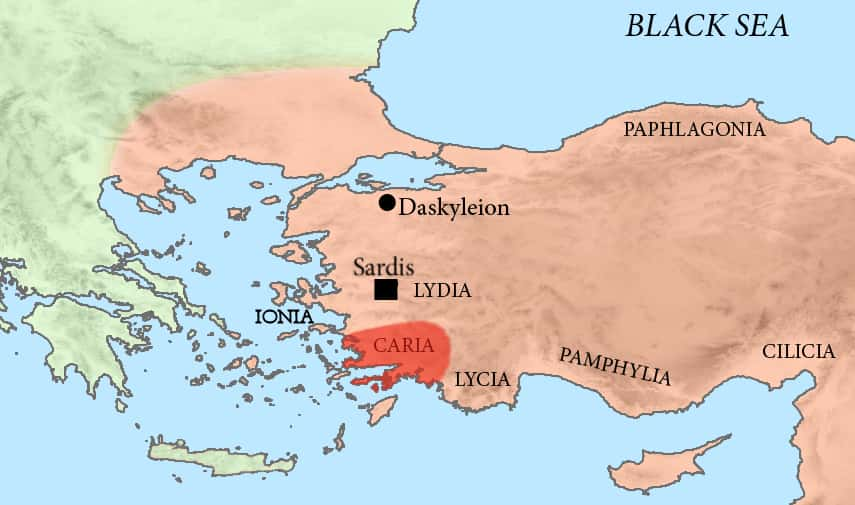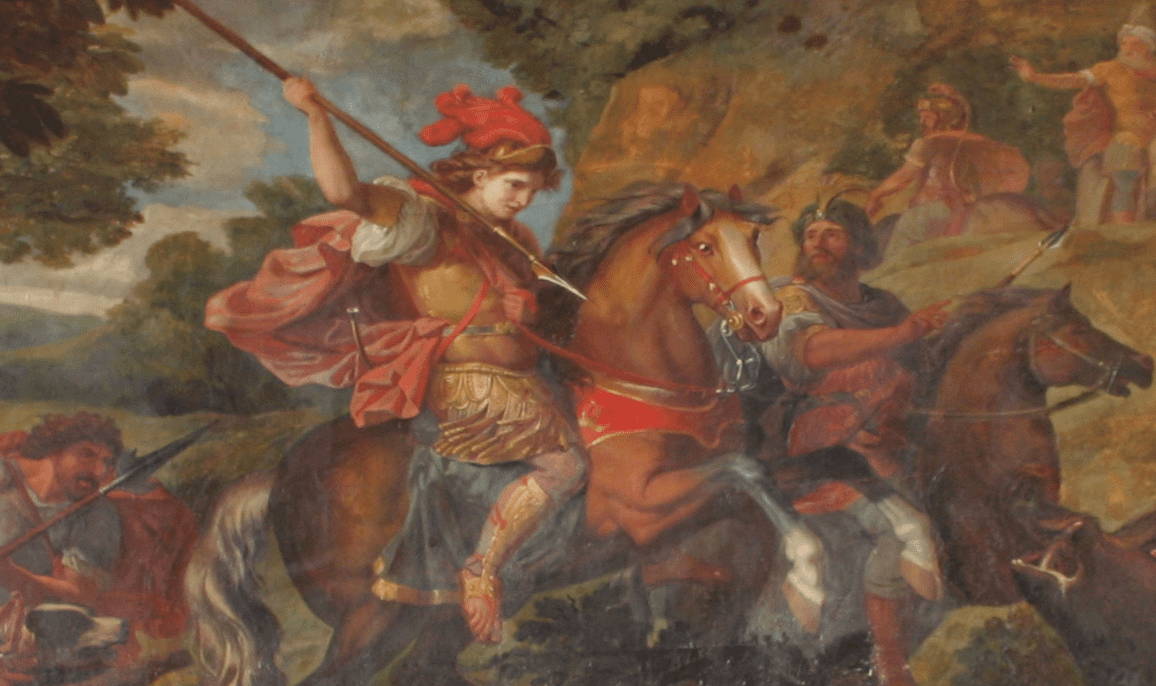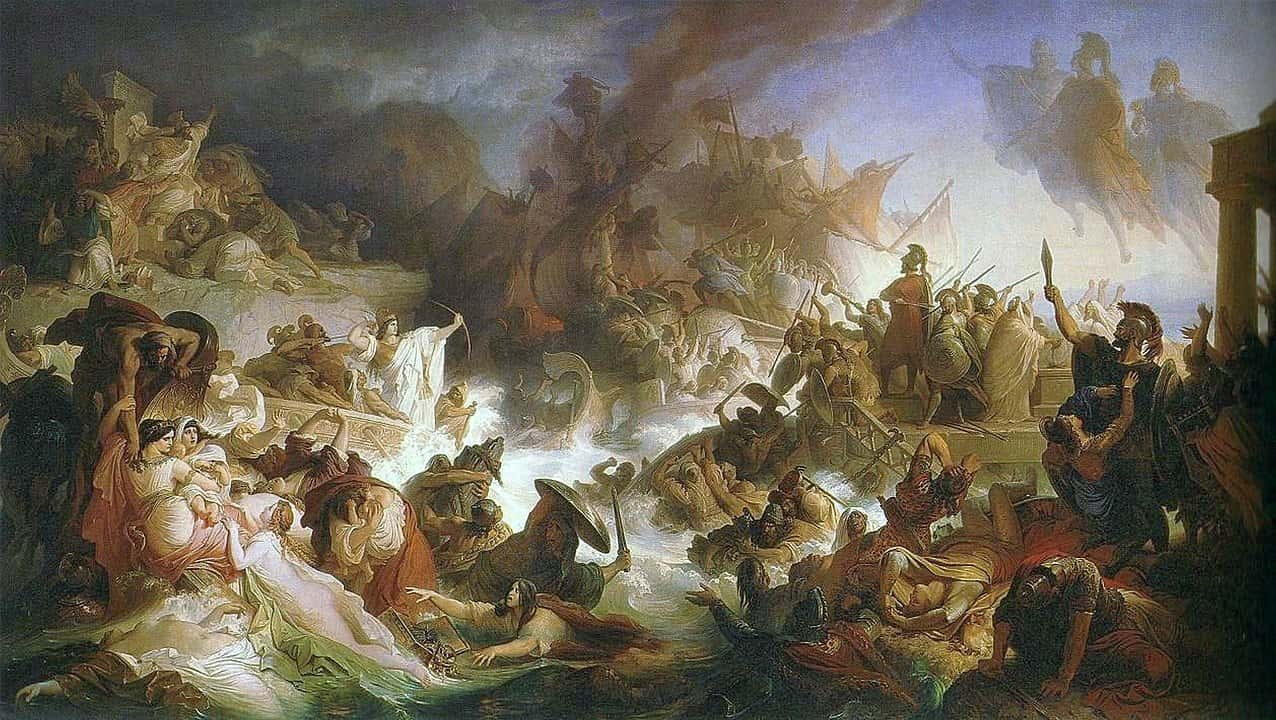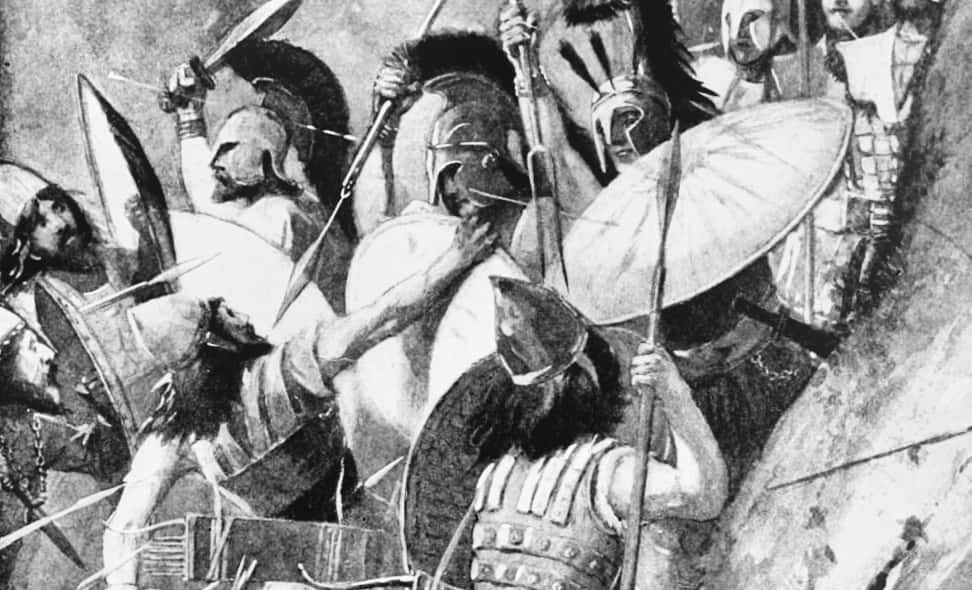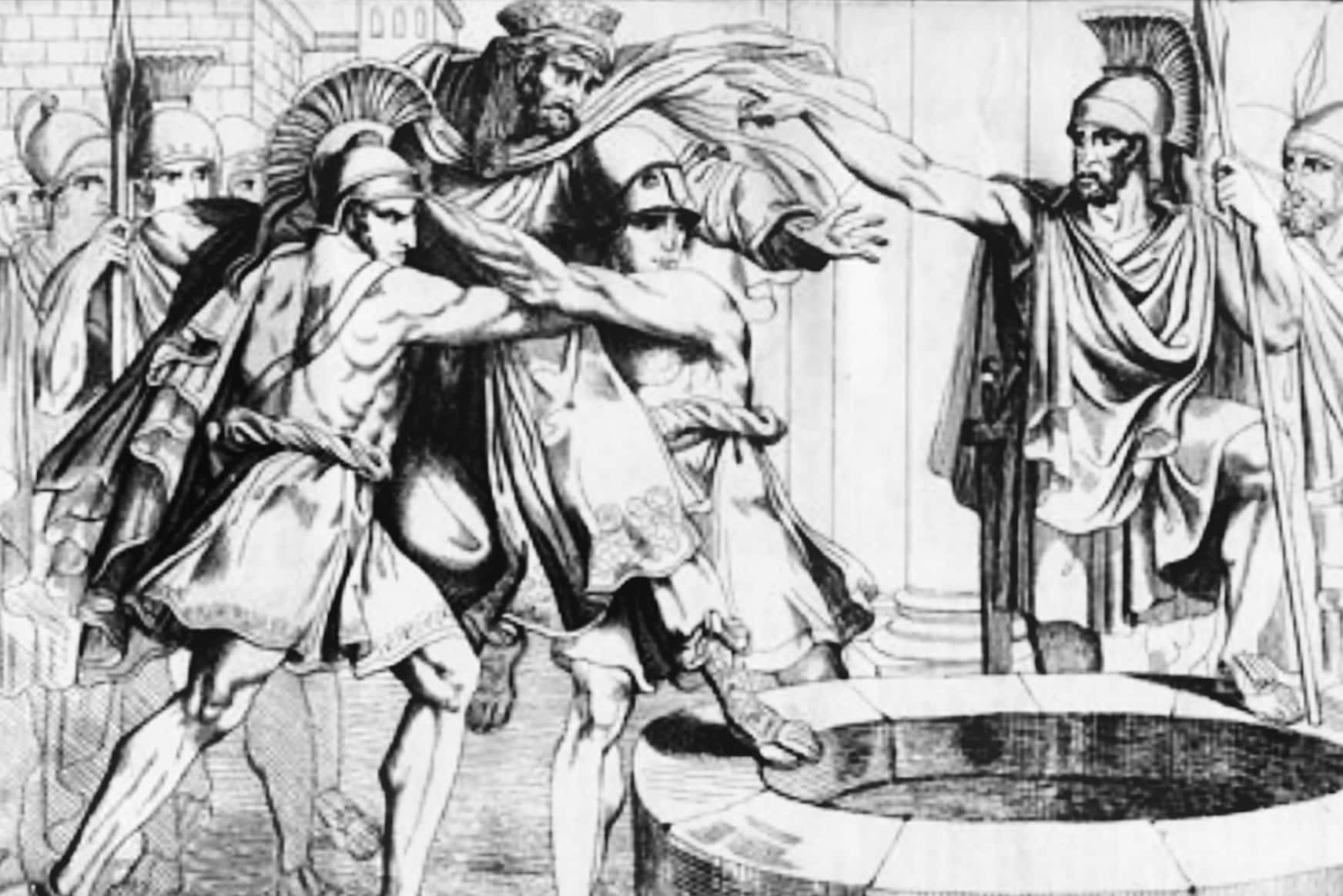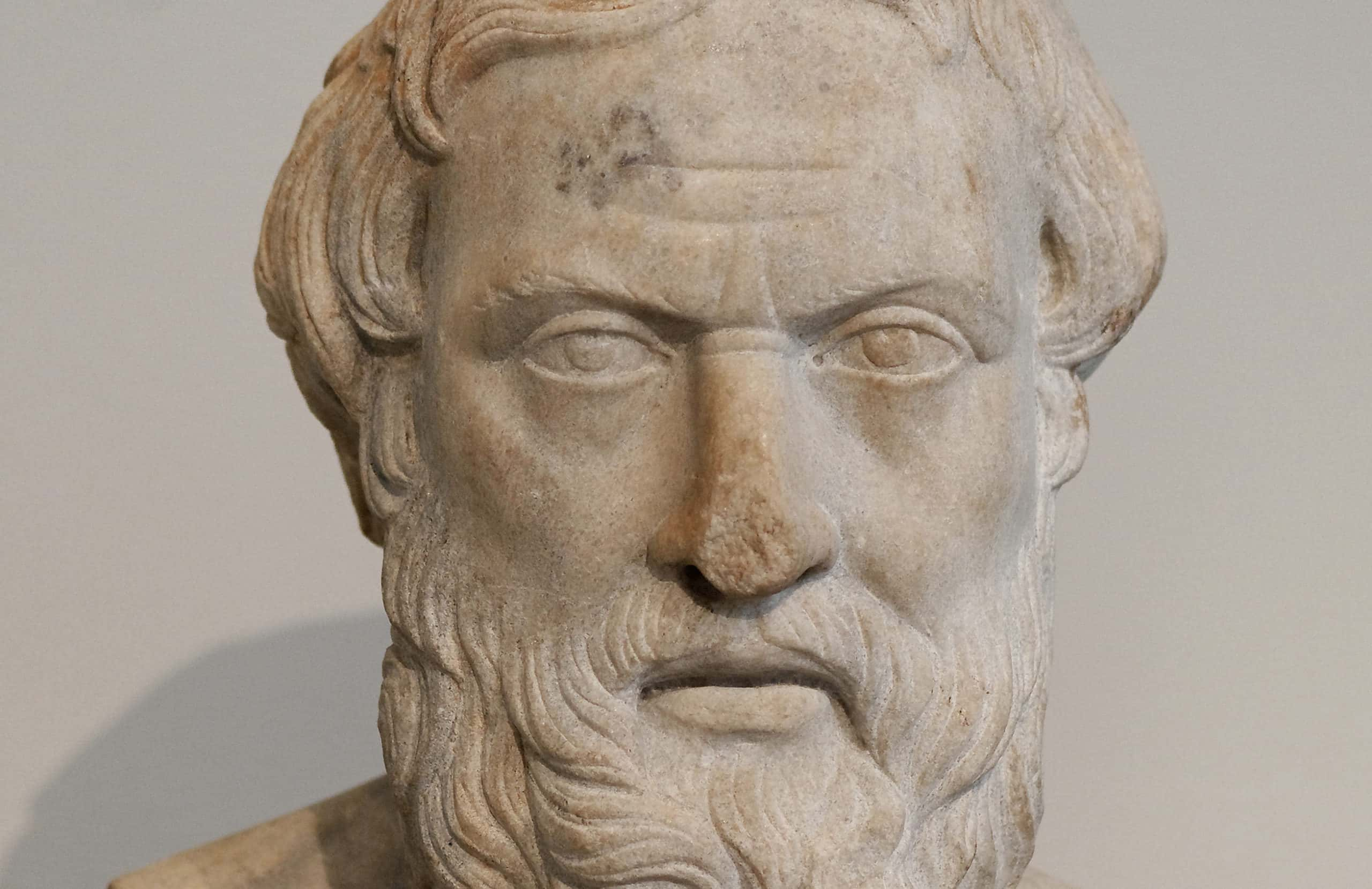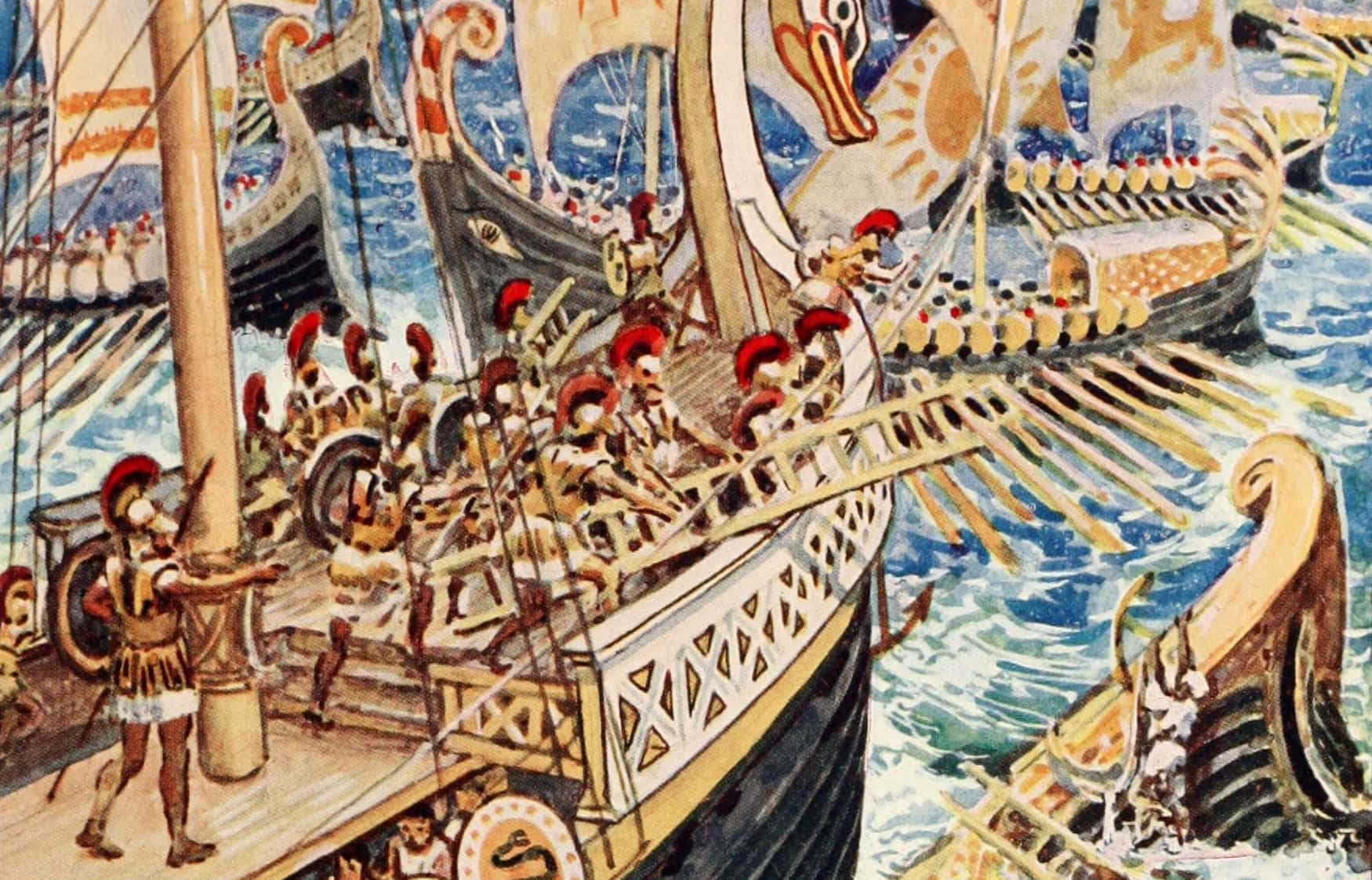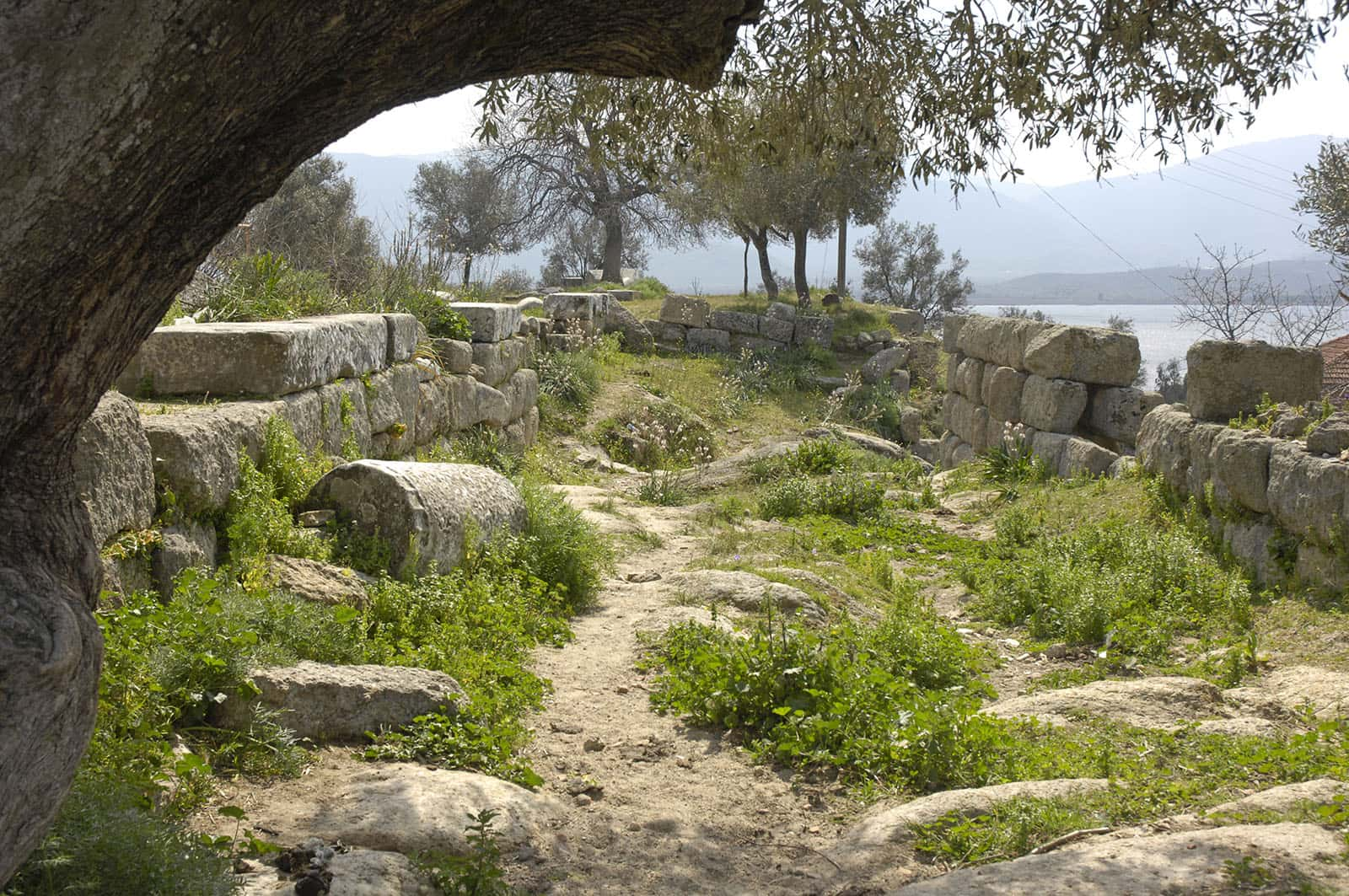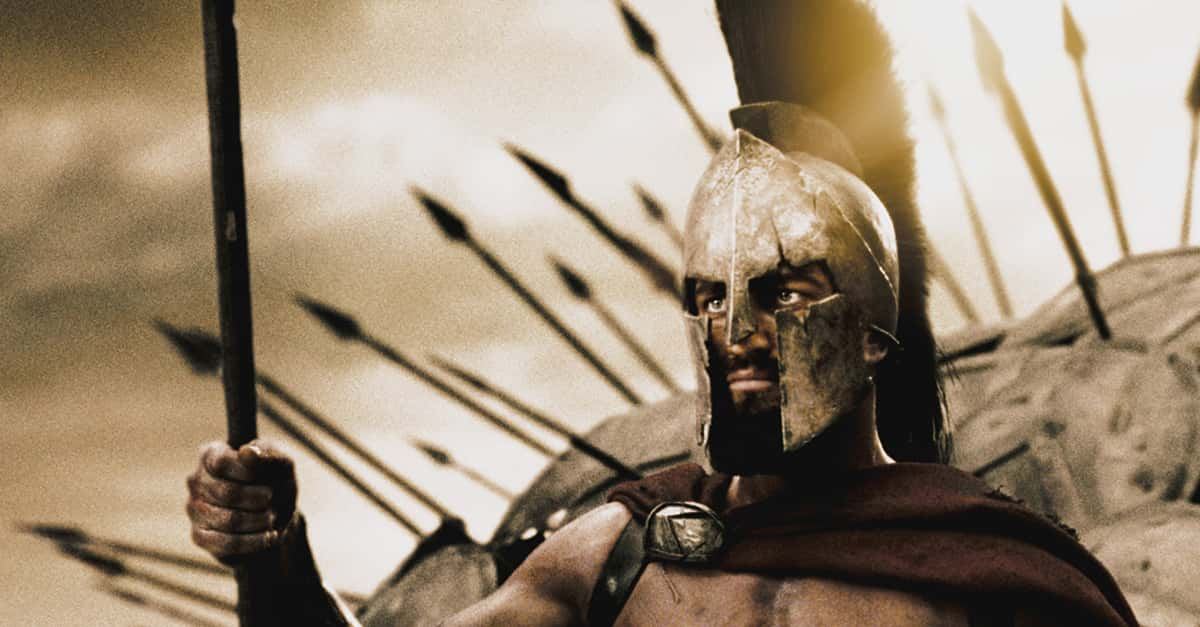Most people know Artemisia I of Caria as the femme fatale character played by Eva Green in 300: Rise of an Empire. Surprisingly, this warrior woman played by a gorgeous actress was actually based on a real person. Artemisia I of Caria wielded power during a time when Greek women couldn’t vote in Athens, the home of original democracy. So how accurate was the film in portraying this historical figure? What else was there to say about her influential life? Keep reading this list to find out more!
1. Long Live the Queen
Artemisia reigned as the queen of Halicarnassus (a Greek city in modern-day Turkey) for 24 years. To put it into perspective, Alexander the Great only ruled for half as long as she did!
2. Origin Story
Artemisia was born during the 5th century BC in her home city of Halicarnassus. We don’t know what her mother’s name was, but we know that she was originally from the island of Crete. Her father was Lygdamus, the ruler of Caria (more on that in a second).
3. Like Woman Like Goddess
The origin of Artemisia’s name is rooted in the Greek goddess Artemis. Interestingly, two of the goddess’s main traits were her skill at archery and her tomboy attitude. If Artemisia’s parents were hoping that she’d be inspired by her namesake, they must have been thoroughly pleased!
4. Don’t Need No Man!
It’s very rare in history that a woman’s name is preserved while her husband’s is not, but Artemisia falls into that niche category. We know that she had at least one child, but we have no idea who the father of that child was. We don’t even know for sure how many children she ended up having. Artemisia represents that infrequent example in the annals of men writing about the past where a woman is remembered for what she did rather than for who she married and who her kids were.
5. You’re Not My Type
We’re not sure if we even need to clarify this, but just in case anyone was convinced that 300: Rise of an Empire was a documentary, Artemisia did not, in fact, try to lure the Athenian leader Themistocles to betray the Greeks by having sex with him. That was a scene purely invented by the film’s screenwriters obeying unwritten laws of how Hollywood creates female characters.
 300: Rise of an Empire scene, 2014 Warner Bros.
300: Rise of an Empire scene, 2014 Warner Bros.
6. Odd Person Out
In the vast army of Xerxes, with all the various cultures that made up the Persian army, Artemisia was the only female commander (that we know of, anyway).
 300: Rise of an Empire scene, 2014 Warner Bros.
300: Rise of an Empire scene, 2014 Warner Bros.
7. Second of Four
Artemisia was the second ruler who belonged to the Lygdamid dynasty. Begun by her father (after whom the dynasty is named), these rulers were in charge of the region of Caria in what is now part of modern-day Turkey. Ruling from Halicarnassus, the Lygdamid dynasty would last for just under a century and contained four people.
8. Can I See Some Royalties?
As we’ve already mentioned, French actress Eva Green famously portrayed a highly sexualized version of Artemisia in 300: Rise of an Empire. However, this wasn’t the first time that she’s appeared in a film. Hollywood’s 1962 film The 300 Spartans (which would go on to inspire Frank Miller to make the 300 graphic novel in the first place) featured Artemisia as a character. In that film, she was played by Anne Wakefield.
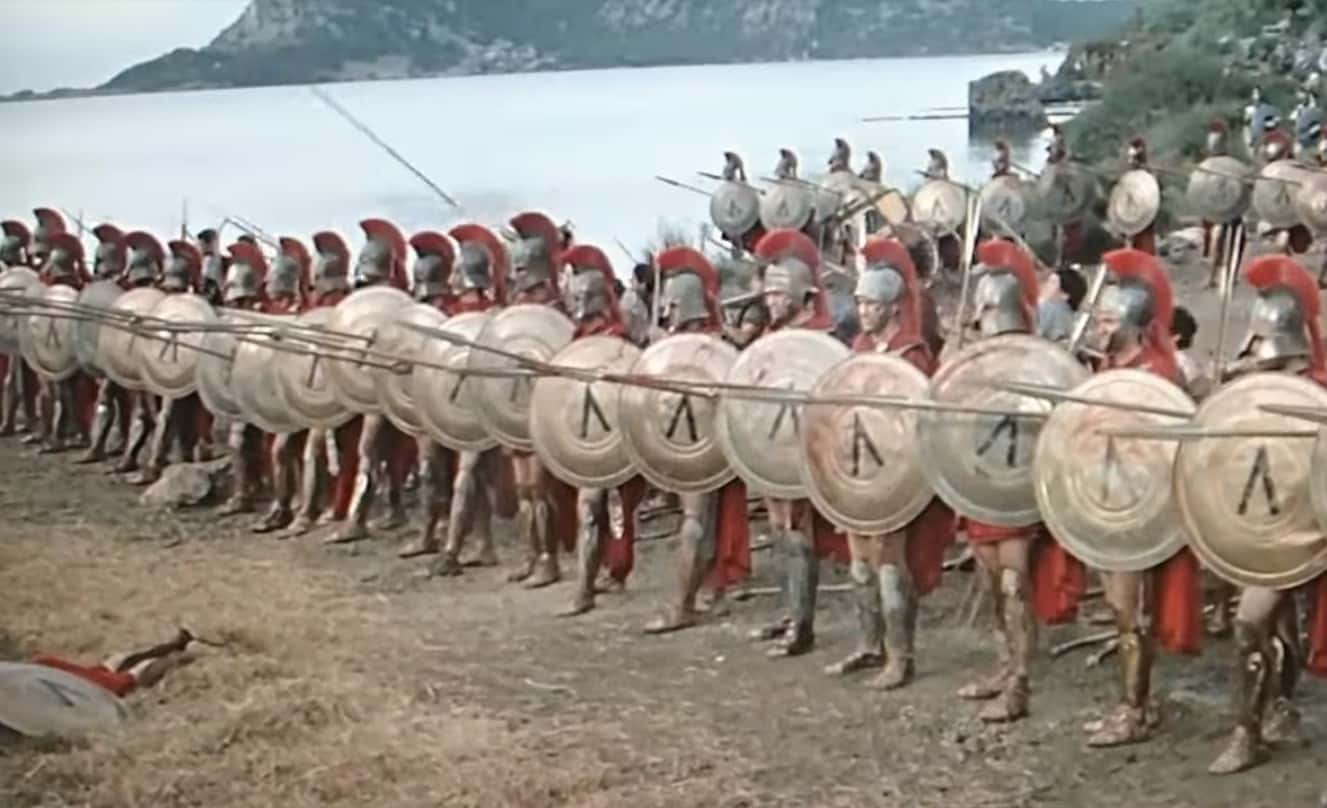 The 300 Spartans, 1962, 20th Century Studios
The 300 Spartans, 1962, 20th Century Studios
9. Bow to the King of Kings!
While Artemisia was considered a queen in her own right, she was subservient to the Persian Empire, specifically the Achaemenid dynasty. In the 6th Century BC, Cyrus the Great and his general, Harpagus, conquered Caria and made it a province of the empire. If Artemisia resented this subservience, she didn’t show it, as she would go on to be a useful ally to the Persians (more on that later).

History's most fascinating stories and darkest secrets, delivered to your inbox daily.
10. Surprise!
Artemisia was a brave warrior and leader, and she was also quite happy to rely on devious cunning to achieve victory. She allegedly sailed with two different flags on board her ship: one that was aligned with the Greeks, and another with the Persians. When she caught a Greek ship unawares, she’d fly the Greek-affiliated flag to get as close as possible before showing her true colors, so to speak.
 300: Rise of an Empire scene, 2014 Warner Bros.
300: Rise of an Empire scene, 2014 Warner Bros.
11. Artemisia the Archer
One of the most famous depictions of Artemisia was painted by Wilhelm von Kaulbach. In it, Artemisia is depicted as a warrior queen shooting arrows at the Greeks during the Battle of Salamis. 300: Rise of an Empire would take this image and run with it, especially in trailers promoting the film.
12. Not True
Contrary to the story told by 300: Rise of an Empire, Artemisia was not orphaned as a child by Greeks and kept as a sex slave until she was taken in by the Persian army. Admittedly, that does seem like a good reason for her to fight the Greeks, but this wasn’t the case in history.
 300: Rise of an Empire scene, 2014 Warner Bros.
300: Rise of an Empire scene, 2014 Warner Bros.
13. The Second of Her Name
Historians will be aware of the fact that there is another well-known Artemisia who was prominent within the Achaemenid dynasty of the Persian Empire. Artemisia II of Caria lived around 150 years after the first one, but they shared a lot in common. Both were known for their roles as female rulers and naval commanders in opposition to the Greeks, specifically the Athenian fleet.
What Artemisia II is best known for, though, is ordering the construction of the Mausoleum at Halicarnassus, one of the Seven Wonders of the Ancient World!
14. This Happens a Lot…
One reason why we bring up Artemisia II is the fact that some ancient historians have written about an “Artemisia of Caria” without specifying which one they’re talking about. This has led to subsequent confusion amongst modern historians and students of history as to which accomplishments belonged to which woman.
 Shutterstock
Shutterstock
15. A Little Context
Since we’ve brought up Artemisia and the Second Persian Invasion of Greece, we’ll take a moment to clarify what that was. From 492 to 490 BC, the Persian Empire under Darius I had attempted to invade Greece. After being defeated by the Athenians at the Battle of Marathon, the invasion ended in failure. Years later, Darius’ son, Xerxes, launched an even bigger invasion to make up for the failure of the first one and teach the Greeks who was boss.
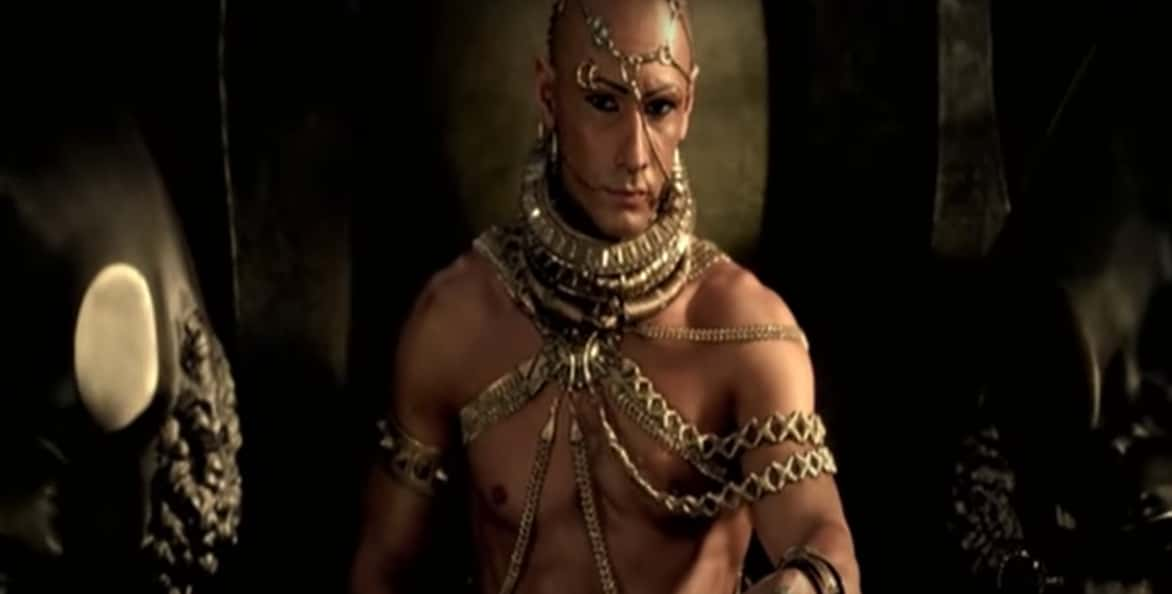 300: Rise of an Empire scene, 2014 Warner Bros.
300: Rise of an Empire scene, 2014 Warner Bros.
16. As Told By…
One writer who was fascinated enough by Artemisia’s life to write about her was American novelist Gore Vidal. In the historical novel Creation, Vidal depicts Artemisia as being in a passionate romance with fellow Persian general Mardonius (who historically lost the Battle of Plataea and his life in the process). While it might be considered typical of a writer to make up a love story where there was none, there was some precedence to choosing Mardonius, as he had spent parts of his life in Halicarnassus.
To Vidal’s credit, the literary figure of Artemisia refuses to marry Mardonius because she won’t allow herself to be subordinate to a man in her personal life.
 Wikipedia
Wikipedia
17. Was the Battle Named After Her??
While Artemisia was best known for her role in the Battle of Salamis, she was also one of the prominent Persian commanders at the Battle of Artemisium. This battle was fought simultaneously as the Battle of Thermopylae, where the fleets of the Persians and Greeks engaged in combat.
18. Well, That was Productive!
One reason why Artemisia’s role in the Battle of Artemisium is relatively unknown to history is that the battle was ultimately insignificant in the grand scheme of things. Neither side won nor lost, with neither fleet achieving their goals. While the Persians achieved a strategic victory, they failed to destroy their enemies, who lived to fight another day.
19. Respected by Foes
One thing which separates Artemisia from most of the other commanders in the Persian army was how she was viewed by the historians who wrote about the invasion, even if they were Greek. While he’s come under fire for his exaggerations and anti-Persian bias, the Greek historian Herodotus had nothing but admiration for Artemisia’s confidence in leadership, as well as her remarkable intelligence.
20. Just Take a Grain of Salt
Since we’ve brought up Herodotus, we’ll address what some of you are probably thinking. If Herodotus was Greek, and was only a toddler during the Second Persian invasion of Greece, how much can we trust of his accounts, particularly of an enemy like Artemisia? Well, believe it or not, Herodotus was actually born in Halicarnassus, and Artemisia actually ruled there when Herodotus was born.
It’s widely thought that Herodotus would have had access to many eyewitnesses to the battles of the Persian invasion, and maybe even access to people who had been with Artemisia herself during the fighting.
21. Just a Regent?
While Artemisia certainly distinguished herself as the ruler of Caria, she was only put in charge due to the death of her husband and the youth of her son. Her reign finished in 460 BC, but we don’t know whether it was because of her death or because her son came of age. However, Herodotus wrote that she was ruling when her son was grown up, which throws yet another monkey wrench into the issue.
To be fair, we can’t imagine any son of Artemisia’s being able to overshadow her!
 300: Rise of an Empire scene, 2014 Warner Bros.
300: Rise of an Empire scene, 2014 Warner Bros.
22. Did He Have a Crush on Her?
The funny thing about Herodotus’ writing about Artemisia is that it landed him a particular kind of criticism. He openly admitted that he didn’t want to talk about the other Persian commanders who served Xerxes. He was far more fascinated by Artemisia and her example on the battlefield of Salamis.
 300: Rise of an Empire scene, 2014 Warner Bros.
300: Rise of an Empire scene, 2014 Warner Bros.
23. Like a Carian Brienne of Tarth
The historian we know as Justin famously praised Artemisia for her incredible courage during combat, saying it shamed most of the men whom she fought alongside. He joked that wherever Artemisia was present in war, “you might have seen womanish fear in a man, and manly boldness in a woman.”
 300: Rise of an Empire scene, 2014 Warner Bros.
300: Rise of an Empire scene, 2014 Warner Bros.
24. Did She Also Drink Rum?
Artemisia has often been described as being a pirate queen, but whether she committed piracy or not depends upon your definition of piracy. Today, we think of pirates as bands of outlaws on the high seas with no allegiance to any nation. However, during Artemisia’s lifetime, piracy was commonly committed by armies that were directly sponsored by nations or city-states.
25. Following Mother’s Footsteps
Following her death, the rulership of Caria passed to Artemisia's son, Pisindelis. He would, in turn, be succeeded by his own son, Lydgamis II, who became the final ruler of the Lygdamid dynasty.
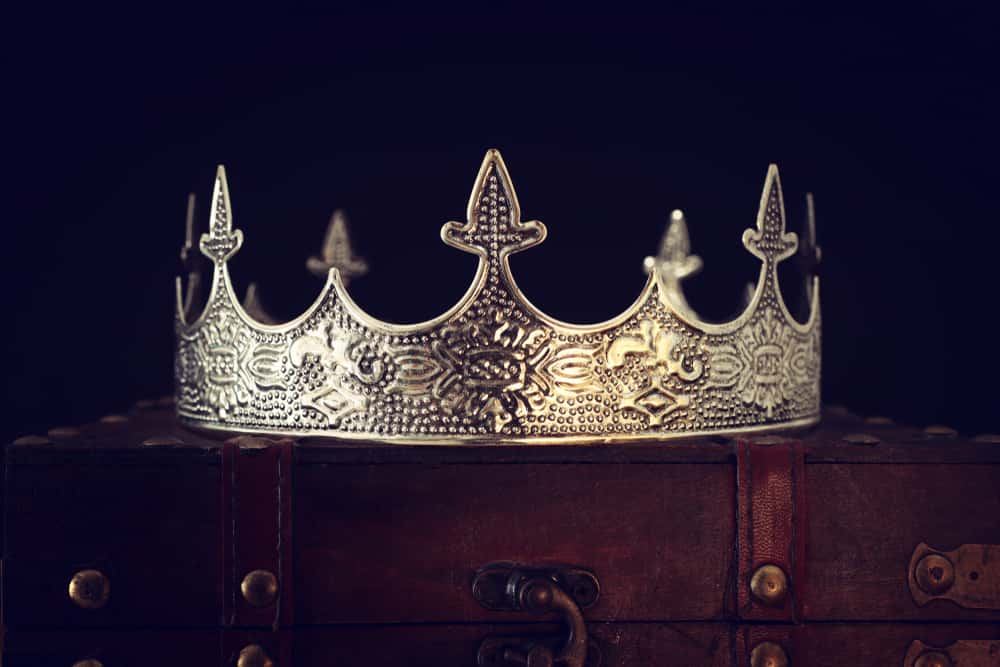 Shutterstock
Shutterstock
26. Look Me Up!
During the 10th century AD, the Byzantine Empire produced the Suda, an encyclopedia of the ancient Mediterranean world. This remarkable work, with 30,000 entries, is naturally held up as a priceless artifact of antiquity. Such was Artemisia’s impact upon history that she got her own entry in the Suda.
27. A Fitting Tribute
Centuries after her death and the decline of the Persian Empire, Artemisia is still honored by modern-day Persians. In 1967, Iran purchased a British destroyer called the HMS Sluys. It became the biggest destroyer in the Iranian fleet at the time and was renamed Artemiz in honor of Artemisia. Given that it was a powerful ship being sailed by Persians, we can imagine Artemisia would have been proud to have her name attached to it!
28. There’s a Silver Lining
While the Persians and their allies were either retreating or being killed in Greece, Artemisia was among those who survived the invasion (contrary to what 300: Rise of an Empire would have you believe). She was sent by Xerxes to Ephesus and given charge over his illegitimate sons. She would remain an ally to the Persians for the rest of her life.
 300: Rise of an Empire scene, 2014 Warner Bros.
300: Rise of an Empire scene, 2014 Warner Bros.
29. You Don’t Scare Me!
During the Second Persian Invasion of Greece, Artemisia made a very prominent reputation for herself. She was reportedly so despised by the Greeks that a 10,000-drachma bounty was placed on her, dead or alive! As you can imagine by now, this didn’t stop Artemisia from continuing to fight on the front lines!
30. Time to Call it Quits!
According to Herodotus, it was actually Artemisia who advised Xerxes to leave Greece after the disastrous Battle of Salamis. She allegedly urged him to retreat and leave his general Mardonius with the main army behind to turn the tide. She reasoned that if Mardonius won, the honor would still belong to Xerxes, since Mardonius was winning that victory on his behalf. If it was a defeat, Xerxes would be safely back in Persia anyway. Xerxes took her advice and avoided getting caught up in the Battle of Plataea.
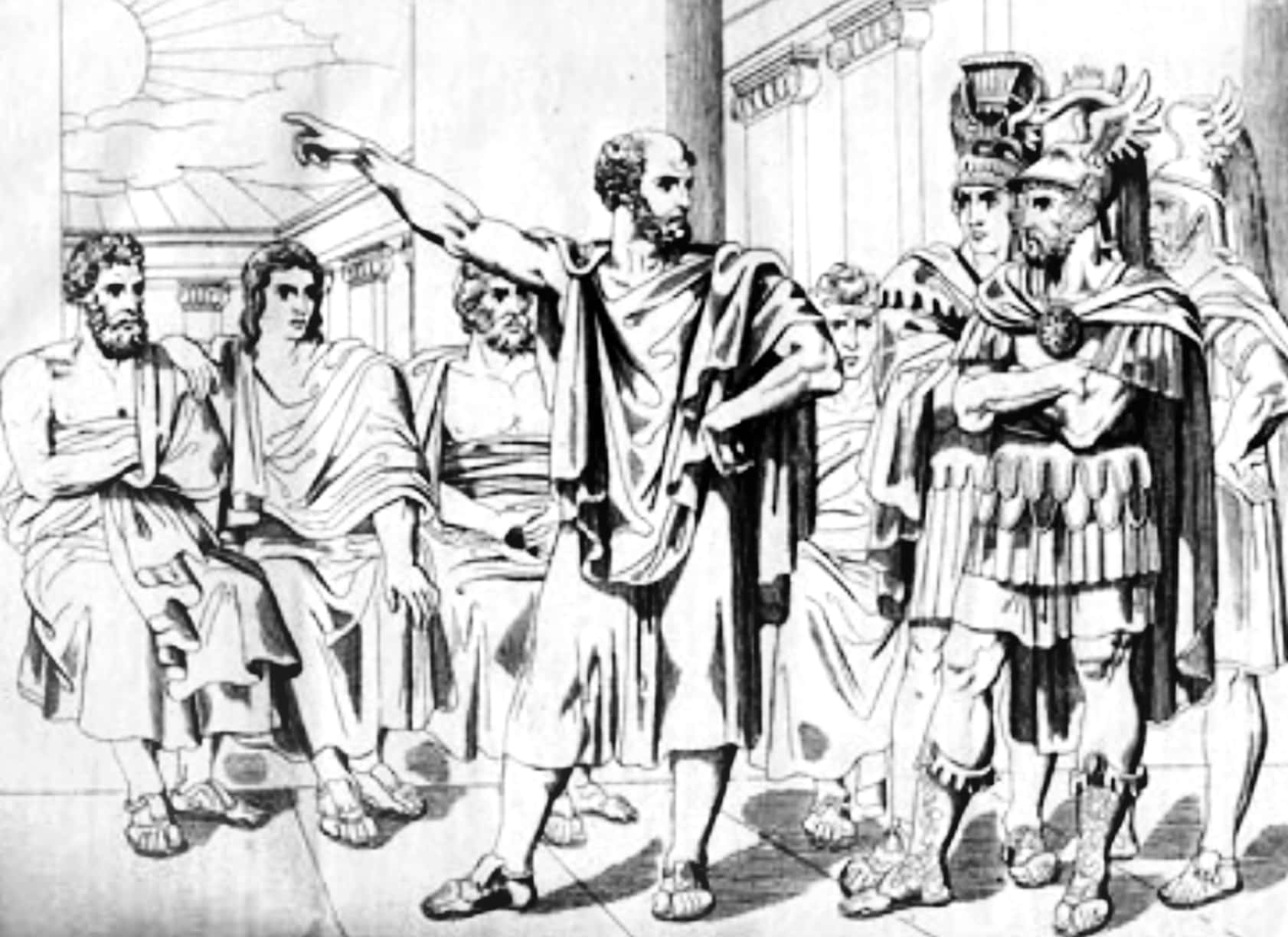 Wikipedia
Wikipedia
31. Past is Past!
Despite being despised as an enemy of the Greeks, the island of Crete has since embraced Artemisia as one of their own thanks to her Cretan mother. On the island, there is a municipality called Nea Alikarnassos. Since 1979, it has contained a cultural association which was named “Artemisia” after the famous warrior queen.
 Wikipedia
Wikipedia
32. Is That Ironic?
Despite the shattering defeat of the Persian fleet at Salamis, Xerxes publicly acknowledged that of all his commanders, Artemisia had conducted herself with the most courage, military wisdom, and strategy. In gratitude for her role in the battle, Xerxes gave her a full suit of the finest Greek armor, which had been taken during the invasion.
 300: Rise of an Empire scene, 2014 Warner Bros.
300: Rise of an Empire scene, 2014 Warner Bros.
33. Okay, That’s Ironic!
After her years of opposition to the Greeks, including the iconic Battle of Salamis against the Athenians, Caria ended up allying with Athens! Granted, this only happened after the death of Artemisia's grandson, Lygdamis II in 454 BC, but the Carians would join the Delian League, which Athens had formed in opposition to the Persians. This wouldn’t last long, though; the Persian Empire would take Caria back in 395 BC.
34. You Asked for It!
In 493 BC, Xerxes demanded the tribute of earth and water from the island of Cos, but its people refused to submit to the Persian King. Artemisia was sent to deal with them, leading the Persian fleet in a bloody conquest of the island.
 300: Rise of an Empire scene, 2014 Warner Bros.
300: Rise of an Empire scene, 2014 Warner Bros.
35. Your Bias is Showing
The conquest of Cos was described by the historian Thessalus, who was also a son of Hippocrates (yes, that Hippocrates). However, Thessalus was rare among historians in that he had utter disdain for Artemisia. According to him, her cruel attack on Cos was so contemptible that the gods themselves decided to put her down. After bolts of lightning destroyed many of her boats, Artemisia was given hallucinations of ancient Greek heroes bearing down upon her. Frightened, she led the survivors of the fleet in a hasty retreat without having accomplished anything.
Of course, even after making her into a cowardly pirate, Thessalus still had to admit that she still conquered the island, so we’re inclined to think he might have exaggerated the divine intervention!
36. Whoops!
Despite her prowess in war and her gifted mind, Artemisia was still capable of making mistakes. According to The Histories, there was a moment during the Battle of Salamis where Artemisia sailed her ship right into another one as she was being pursued by enemy Greeks. The problem was that the ship she rammed into belonged to her allies!
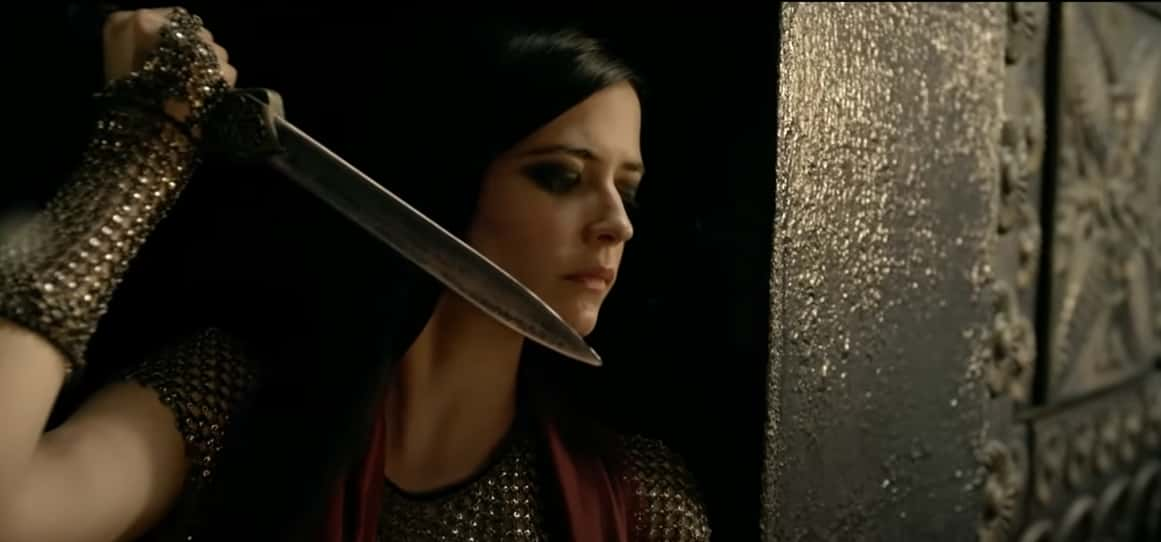 300: Rise of an Empire scene, 2014 Warner Bros.
300: Rise of an Empire scene, 2014 Warner Bros.
37. No Biggie?
Naturally, such an accident would have serious consequences with your boss if they happened to see it—and Xerxes famously set up a throne on the shore to watch the Battle of Salamis unfold. Luckily for Artemisia, he was far enough away that he couldn’t recognize which boats belonged to which side, so her mistake wasn’t noticed. Well, except by the people whose boat she rammed, of course…
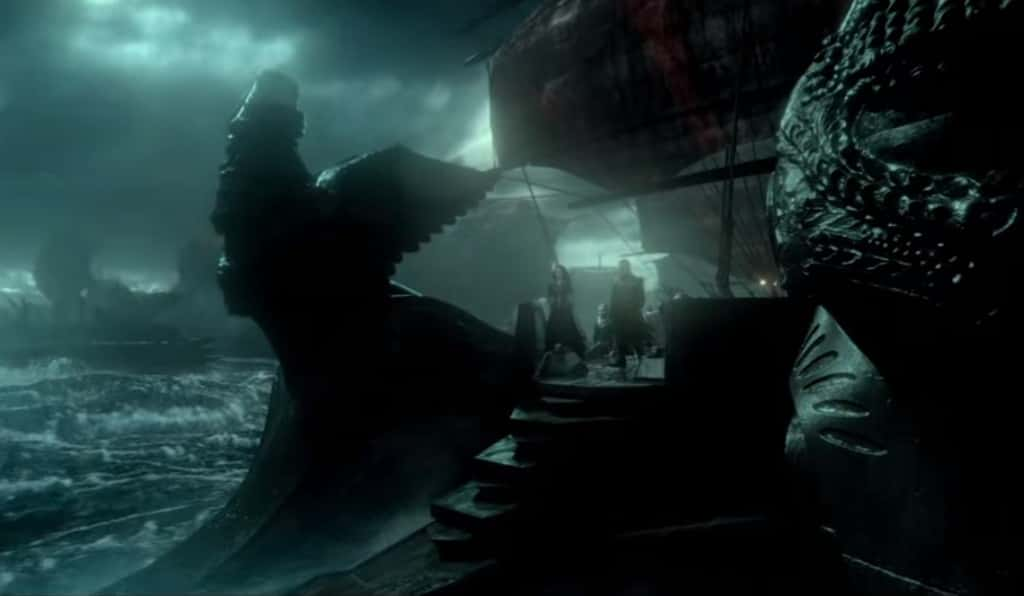 300: Rise of an Empire scene, 2014 Warner Bros.
300: Rise of an Empire scene, 2014 Warner Bros.
38. A Celebration You Won’t Forget!
Another instance of Artemisia's cunning being put to devastating use was given to us by 2nd-Century historian Polyaenus. Artemisia was hoping to conquer the city of Latmus, so she held a huge party just beyond the city. Naturally, all the commotion caused the city’s inhabitants to wander over, and when enough people did so, Artemisia launched her sneak attack when everyone’s guard was down!
39. Maybe Rethink This?
Artemisia was the only commander in the Persian fleet to advise Xerxes that a naval battle must be avoided. She was smart enough to realize that the Greeks were strong in the waters of their home shores, and she was convinced that they could hold their own, even when they were outnumbered. If anyone else shared her doubts, we don’t know about them, because Artemisia was allegedly the only person bold enough to say anything contrary to Xerxes’ intentions.
Though Xerxes admired and respected Artemisia for her blunt honesty, he ignored her advice and sent the fleet to pursue the Greeks.
 300: Rise of an Empire scene, 2014 Warner Bros.
300: Rise of an Empire scene, 2014 Warner Bros.
40. One for Every Spartan?
Sadly, for Artemisia, she was proven right when the Persian fleet was lured into a trap, and the Greek ships crushed their enemies. Led by Themistocles, the Greeks lost 40 ships, while up to 300 ships were lost by the Persians.
 300: Rise of an Empire scene, 2014 Warner Bros.
300: Rise of an Empire scene, 2014 Warner Bros.
41. Taking Rejection Badly
The context of Artemisia’s death remains unknown, though a legend was taken down by Photius, a writer from the 9th century AD. Near the end of her life, Artemisia supposedly fell in love with a prince named Dardanus, but he refused her advances and didn’t reciprocate her feelings. Enraged, Artemisia allegedly blinded Dardanus while he was still asleep!
 300: Rise of an Empire scene, 2014 Warner Bros.
300: Rise of an Empire scene, 2014 Warner Bros.
42. I Don’t Believe it!
According to Photius, Artemisia was so in love with Dardanus that even after she’d blinded him, she still couldn’t get over him. As a result, Artemisia chose suicide and threw herself into the sea. Most historians think this is an apocryphal story. Not only was Photius writing about Artemisia more than 13 centuries after her death, but it also contrasts with everything else we know about Artemisia.
 300: Rise of an Empire scene, 2014 Warner Bros.
300: Rise of an Empire scene, 2014 Warner Bros.


